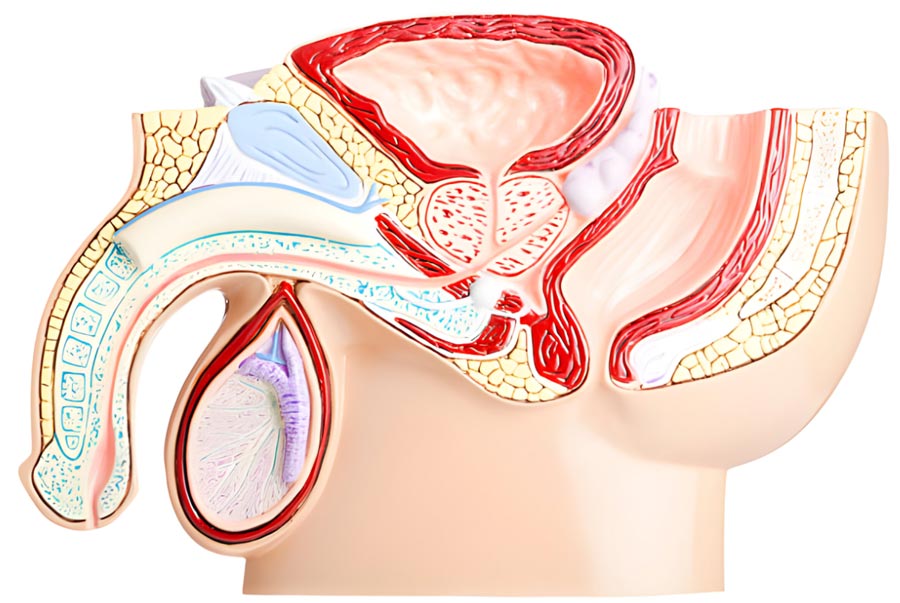Aquablation is a minimally invasive surgical treatment that uses a robotically controlled water jet to remove excess prostate tissue. During the procedure, you can expect:
- Preparation: Before the procedure, the patient will be given anesthesia or sedation to ensure their comfort. They may also receive antibiotics to prevent infection.
- Imaging: The surgeon will use ultrasound or other imaging techniques to visualize the prostate and surrounding structures.
- Treatment Plan: The surgeon will use the imaging information to create a treatment plan tailored to the patient’s anatomy and needs.
- Aquablation: The surgeon will insert a small cystoscope through the urethra and into the prostate. The scope contains a small, high-pressure water jet that is used to precisely remove excess prostate tissue. The surgeon controls the waterjet with a robotic arm, ensuring accuracy and reducing the risk of damage to surrounding tissues.
- Scope Removal: Once the Aquablation is complete, the surgeon will remove the scope after making sure bleeding is controlled to ensure no complications.
- Catheter Insertion: A catheter will be inserted into the patient’s urethra and guided to the bladder to allow urine drainage after the procedure.
- Recovery: The patient will be monitored in a recovery room until they are fully alert and their urine remains clear. Most patients can go home the same day as the procedure, but it is possible patients may need to stay overnight.
Aquablation has several advantages over traditional surgical treatments for BPH, including reduced risk of complications, faster recovery times, and improved quality of life. By choosing Z Urology for your Aquablation procedure, you can rest assured that you are receiving expert care from a team of experienced urologists.





